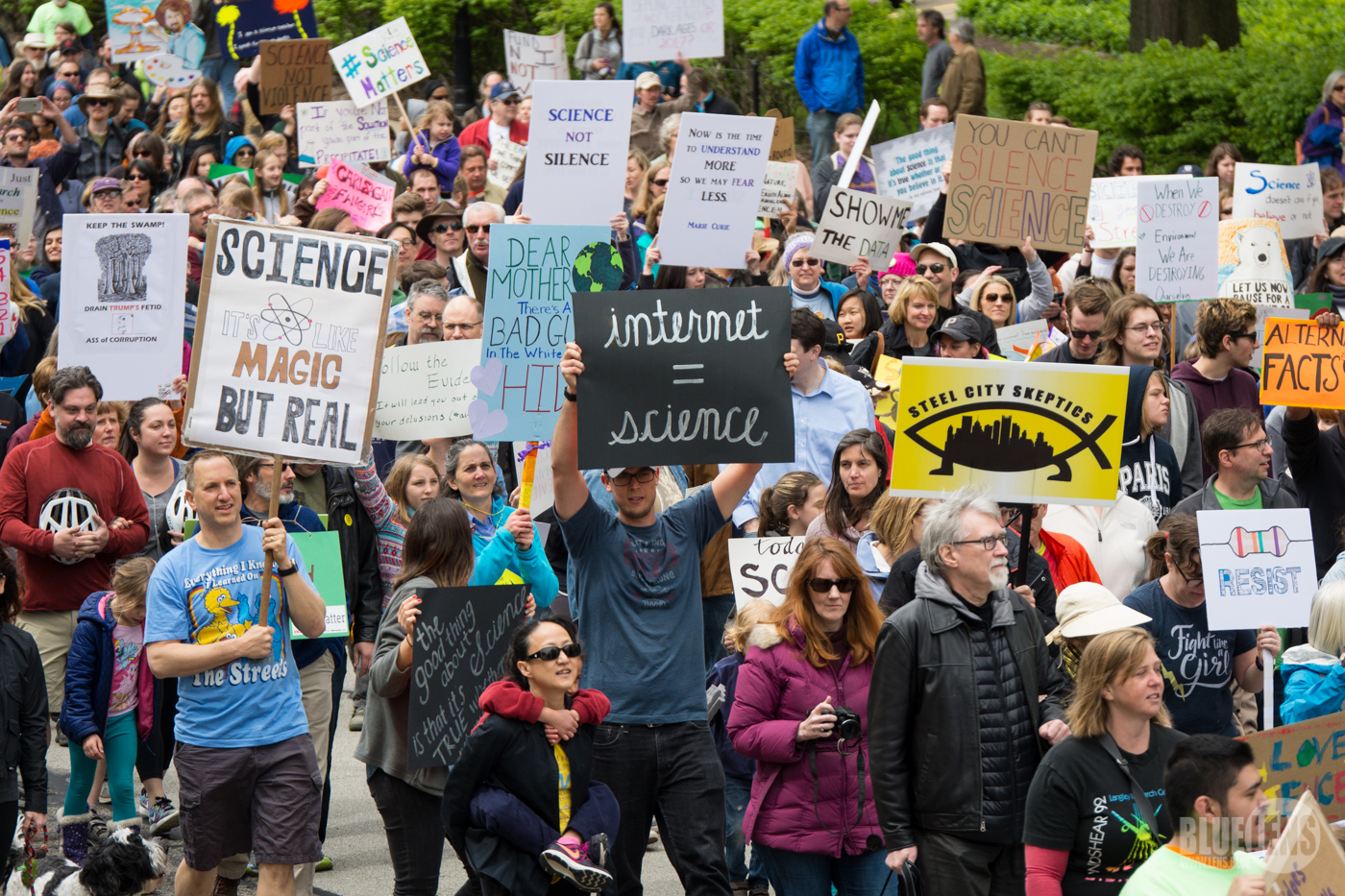Government policy can guide and support science – but bad policy can hinder scientific inquiry and societal progress
Illustration by Kallum Best
The term science policy conjures an image of well-dressed policymakers, working furtively in their offices, writing out long briefs and reports in confusing legalese to ultimately pass laws and regulations. In reality, science policy is more than just policing science — it primarily involves considering current scientific research and bringing it to the forefront of society.
Science explores questions either for the sake of scientific inquiry or to serve society’s best interests. As global citizens, we all benefit from the resulting advanced knowledge and technological innovations developed by scientists in all corners of the world. However, for these advances to be made, science must be regulated, funded and supported, and this is where the government and science policymakers step in.
While science policy is principally concerned with allocating funding and resources to support scientists and their research, it encompasses several other matters. This can include promoting the translation of discoveries into real-world applications, using scientific findings to drive evidence-based policy and overseeing the many stakeholders involved in research, including academic research institutions, non-governmental organisations, private companies and the public.
While it is true that government science policy can guide and support science, it is equally true that policy can hinder scientific inquiry or societal progress. Sometimes the enemy of good science is bad policy.
An early example of how policy can hinder scientific inquiry is the Galileo affair in the 16th century, when the Italian astronomer Galileo Galilei faced controversy for daring to publish the idea that the sun, and not the Earth, was the centre of the solar system. While heliocentrism was first proposed by Nicolaus Copernicus, in his book De revolutionibus orbium coelestium (On the Revolutions of the Celestial Spheres), it was Galileo who provided the initial telescope observations to support this theory.
Our knowledge of space has come a long way since Copernicus and Galileo first claimed that our solar system is heliocentric. Continued funding of space research has allowed for images like this one, taken by the Hubble telescope, showing celestial bodies 170,000 light-years away from Earth. NASA/Flickr (CC BY 2.0)
At first the Roman Catholic Church, which held considerable political power and influence at the time, allowed Galileo to openly discuss and further explore the Copernican theory, as long as it supported the church’s view. It should be noted that it wasn’t just the Church’s followers who believed that the Earth was at the centre of the universe — scientists at the time strongly believed this theory too — and so Galileo had to toe a very thin line as he continued to pursue his research. However, Galileo’s second book, Dialogo sopra i due massimi sistemi del mondo (Dialogue Concerning the Two Chief World Systems) challenged certain scripture passages, and was too explicit in its support of heliocentrism. For this, Galileo was repeatedly questioned and ultimately imprisoned by the Roman Catholic Church on the grounds of heresy in 1636.
Despite this muzzling and imprisonment, Galileo was determined not to let the Church slow down his scientific inquiry. He successfully smuggled his work, in the form of the book Discorsi in 1638, for publication in the Netherlands where new scientific ideas were more widely accepted. As a result, today the idea that the sun is at the centre of the solar system is no longer controversial, but a fact taken for granted.
While Galileo’s trouble with the dominant cultural institution took place in the 16th century, there are many examples of modern day scientists being muzzled due to state policy.
One of these examples comes from Canada. Prime Minister Stephen Harper and his Conservative Party government led the country from 2006 to 2015. In his first year, Harper introduced a new communications policy to ensure that any communications conducted by the Government of Canada and associated government employees, including scientists, were well-coordinated, properly managed and resulted in the timely release of relevant information to the public.
At first glance, this policy seems innocent, but unfortunately there was an appalling side effect for science: it prevented federal scientists from freely sharing their research with the media and the public. For example, Dr Kristi Miller-Saunders is a salmon researcher who published a 2011 science paper proposing that a viral infection was responsible for the declining Fraser River sockeye salmon population — but she was unable to speak to major media outlets following her publication, because of a decision the Canadian Privy Council made based on this policy. She also had to wait eight months for government approval to discuss her findings at a federal judicial inquiry.
Miller-Saunders is just one of the many examples. In fact, this was such a widespread phenomenon at the time that a survey of over 3000 scientists, undertaken by the Professional Institute of the Public Service in Canada (PIPSC) in 2013, revealed that 90% of federal scientists did not feel that they could speak freely to the press about their research. PIPSC referred to this as the Big Chill, and pointed out that the Harper government’s policy was interfering with both scientific inquiry and societal progress. In Miller-Saunders' case, she was delayed from speaking at a judicial inquiry into dwindling fish populations — a topic of great interest to fish farmers, whose livelihoods depend on fish health.
Even a 2014 open letter petition signed by 800 non-Canadian scientists from 32 countries to end the "burdensome restrictions on scientific communication and collaboration faced by Canadian government scientists" could not convince the Harper government to reverse this restrictive communications policy. Fortunately, in November 2015, Justin Trudeau and the Liberal Party assumed office. Two days later, the new Minister of Innovation, Science and Economic Development Navdeep Bains announced the reversal of this communications policy — and Canadian federal scientists were finally able to speak freely about their research to the media and the public.
On 22 April 2017, Earth Day, one million people took to the streets in over 600 cities to celebrate science and the role it plays in our everyday lives. Mark Dixon/Wikipedia (CC BY 2.0)
However, reversing a policy does not always lead to immediate results. A follow-up survey by PIPSC in 2017 revealed that despite the Trudeau government’s efforts to reverse the effects of the Big Chill, 53% of survey respondents still believed that they could not speak freely, and still feared potential censorship and retaliation. This demonstrates just how delicate the relationship is between science and policy.
While muzzling scientists is particularly egregious, bad policy can hinder scientific inquiry in other ways. For example, China introduced a cash-per-publication reward policy in the 1990s. The rationale behind this policy was to reward the Chinese researchers who successfully published in journals indexed by the Web of Science, and thus boost China’s overall contribution to international science research. China is not the only nation to employ a cash-per-publication policy, as South Korea, UAE and Pakistan too engage in this practice.
In China, the cash-per-publication policy soon progressed to the point where Chinese universities considered the number of Web of Science publications when evaluating the research performance of their employed scientists. This financial incentive was especially attractive as scholars in China have low annual salaries. In fact, a 2017 study that systematically investigated this policy revealed that the monetary reward for publishing in a more exclusive journal, such as Nature or Science, could be up to 20 times a Chinese professor’s annual salary. The same study reveals that this policy has resulted in China having the second largest share of international scientific production per country since 2009.
Despite China now employing more laboratory scientists than any other country, the cash-per-publication policy has had several negative side effects. This policy encourages fast output of smaller projects rather than expansive long-term research projects. An example of the former is Heilongjiang University’s Professor Gao, whose lab focuses on discovering new crystal structures. This lab has published 279 papers reporting these structures in just one journal.
While Gao’s productivity is commendable, it is also an example of how the policy encourages a publish or perish system. There is also a growing incidence of scientific misconduct in China. According to Retraction Watch, since 2012, China has retracted more papers than all other countries put together due to faked peer reviews, plagiarism or academic dishonesty. Ultimately, the cash incentive encouraged scientific inquiry, but at the cost of scientific integrity.
To address these problems, the Chinese government is beginning to impose penalties for researchers implicated in scientific misconduct, which can include warnings, being blacklisted or even public disclosure. The results of this political intervention — and whether the cash-per-publication policy will ever be reversed – remain to be seen.
To address climate change, countries are increasingly using renewable energies like wind and solar power. Tommy Clark/Flickr (CC BY-NC-ND 2.0)
Finally, to the pressing issue of climate change, where governments from around the world have shown how policy can help or hinder scientific progress. On 22 April 2016, 196 parties signed the Paris Agreement in response to the global climate change threat. However, almost two years later, the global policy response to climate change continues to be mixed.
Some countries are confidently leading by example. The French president Emmanuel Macron has declared that France will close all coal-fired power stations by 2021. China is currently enforcing an environmental crackdown, and as of late 2017, its government has penalised more than 30,000 companies. This is not a transient case of enforcement, as Chinese president Xi Jinping has stated his intent to pursue biennial inspections, and believes that “the damage that humanity does to nature will ultimately harm humanity itself”.
On the other side of the world, climate change deniers have lobbied strongly and created enough doubt in the media to prompt US president Donald Trump to exit the Paris Agreement. While the US may be one of the few countries not honouring the agreement, there are certain actions by other countries that are also worrisome. For example, Australia cut 275 research jobs in 2016, up to 145 of which were removed from the Oceans and Atmosphere, and Land and Water divisions of the Commonwealth Scientific and Industrial Research Organisation (CSIRO). Similarly, Canada recently announced a new $4 billion science budget but there was no mention of funding the Climate Change and Atmospheric Research programme, which is set to end this year. It is the only program dedicated to funding climate and atmospheric research in Canada.
NASA’s “Impacts of Climate on Ecosystems and Chemistry of the Arctic Pacific Environment” (ICESCAPE) mission investigated the effects of changing conditions in the Arctic in 2010 and 2011. Such research can then be used to inform future policy. NASA/Flickr (CC BY 2.0)
Bad or misinformed policy has hindered scientific inquiry and societal progress at times. However, the relationship between science and policy does not have to be an adversarial one. Barring examples of poor policy, scientists and government policymakers have worked together successfully in the past to ensure that science has been regulated, funded and supported. Today’s pressing issues, such as combating climate change, promoting inclusivity in science and the ongoing ethics debate around gene editing, offer further opportunities for science and policy to intersect, and together advance scientific inquiry and serve society’s best interests. For this to happen, it’s necessary that both sides participate — and listen to each other.
Edited by Ena Music


































































